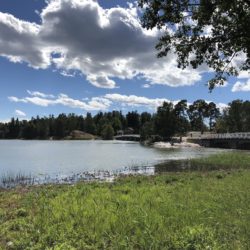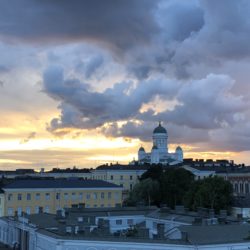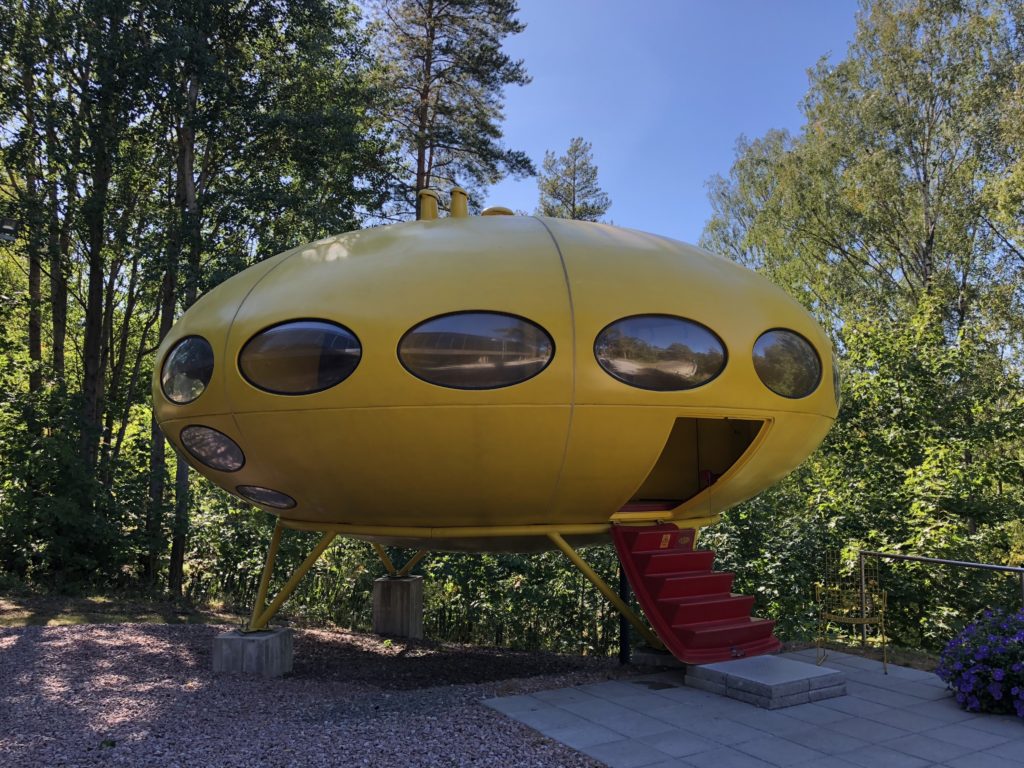
Espoo
With a population of almost 300,000, Espoo is Finland’s second largest city and now acts as a western-lying suburb of the capital, having officially been been folded into the greater Helsinki metropolitan region. You can reach Espoo from downtown Helsinki either by Metro or local commuter trains; a new light rail line is set to open in 2024 that will connect Espoo with Eastern Helsinki.
I took two half-day trips out to Espoo, one to Nuuksio National Park and the other to WeeGee Exhibtion Centre, the largest museum complex in Finland. Unfortunately it is somewhat difficult to visit before attractions on the same trip due to the way the bus, metro and train lines are laid out, but it’s totally worth venturing out two separate times to see both the natural and artistic sides of Finland’s second city.
Nuuksio National Park
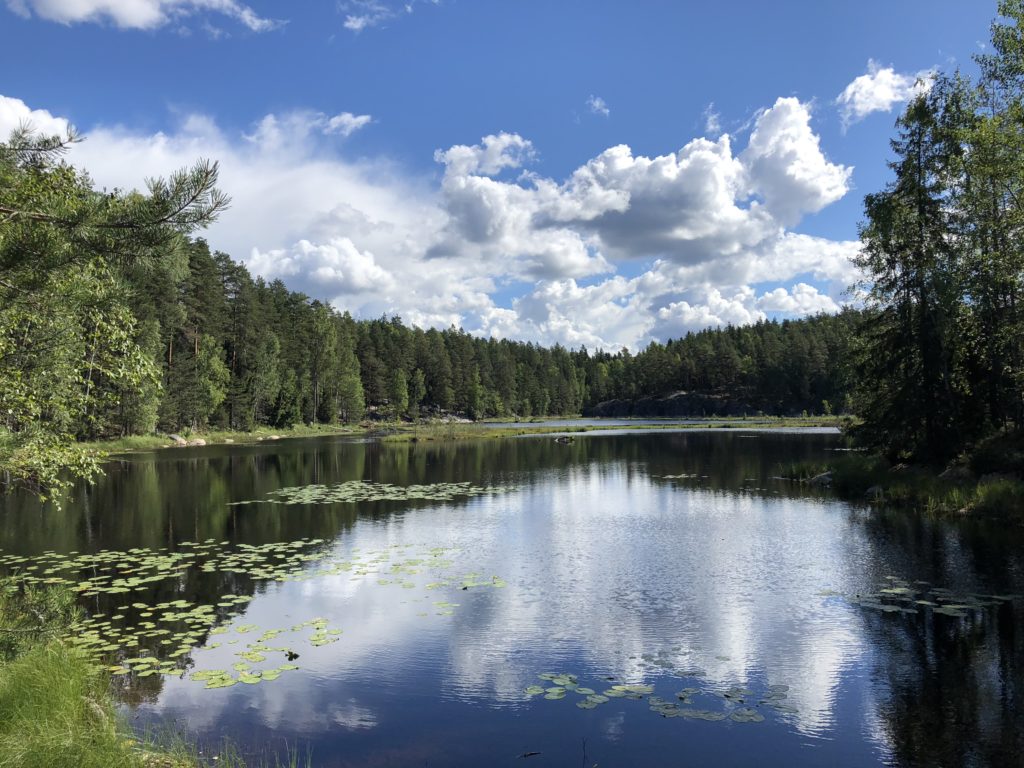
Nuuksio is one of Finland’s forty National Parks and is located a mere 30km from downtown Helsinki. My photos speak for themselves, but Nuuksio is truly breathtaking. I didn’t use any filters; the pictures are not photoshopped or edited in any way. The blues really are this blue and the greens really are this green. Guess this is what happens when you actually prioritize taking care of the environment!
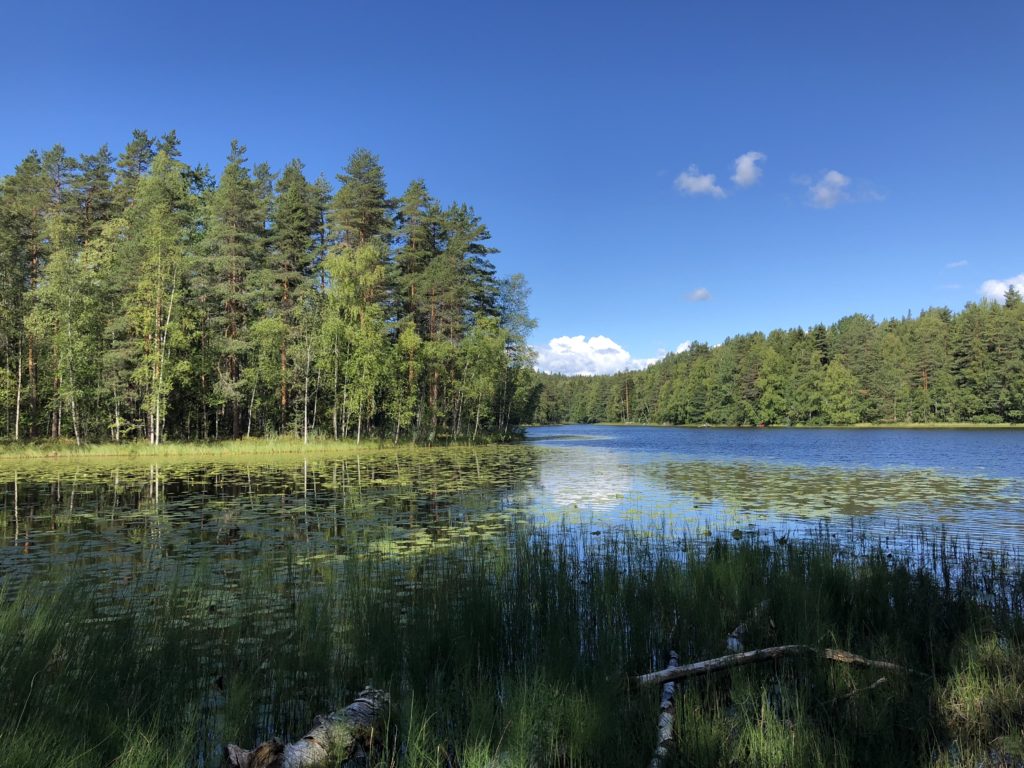
How to Get to Nuuksio
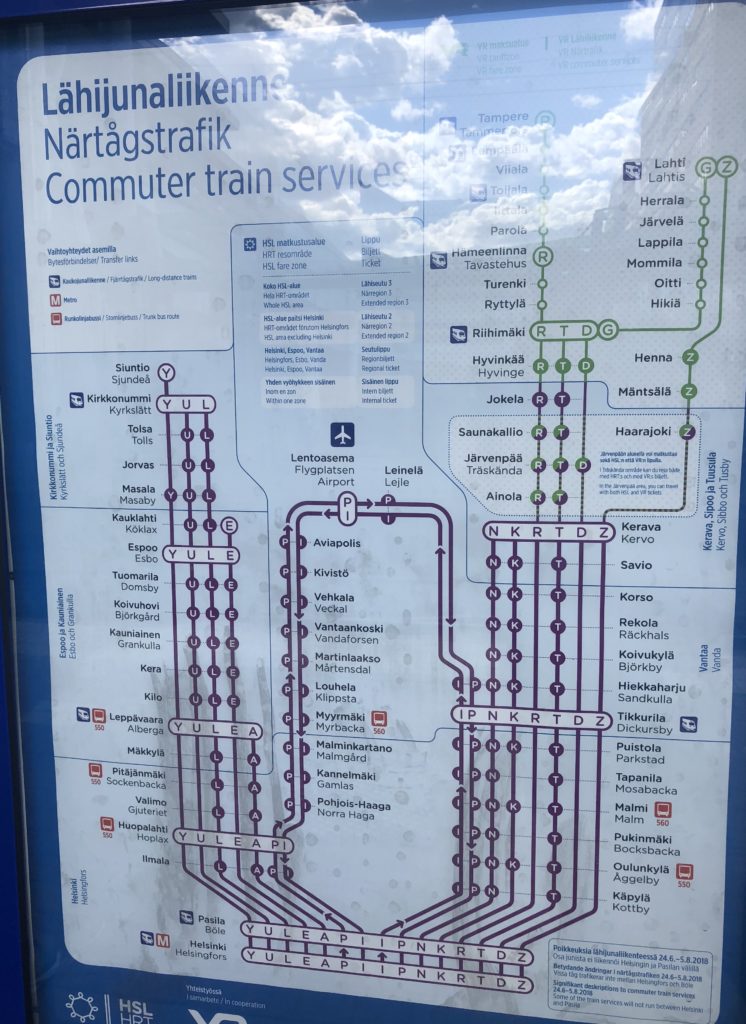
To journey out to Nuuksio you will first have to take a commuter train and then transfer to a bus at the Espoo stop. Note that commuter trains are NOT included on the Helsinki Card or Helsinki Public Transit day/week passes. The conductors will take no pity on you for riding the train without the correct ticket, which can easily be purchased from machines at the Central Station next to the Rautatientori in downtown Helsinki. The different trains are coded by letter; any Y, U, L or E train will take you to Espoo and the journey takes approximately twenty minutes.
Dozens of bus lines intersect at the Espoo train station. Find the waiting area for the 245A Bus and take it out to the Haukkalammentie stop. It’s a good half an hour ride, so sit back and enjoy the scenery passing by. Once you reach Haukkalammentie, it’s still about a 3km hike to the entrance of the park, but I promise that all of this effort will be worth it.
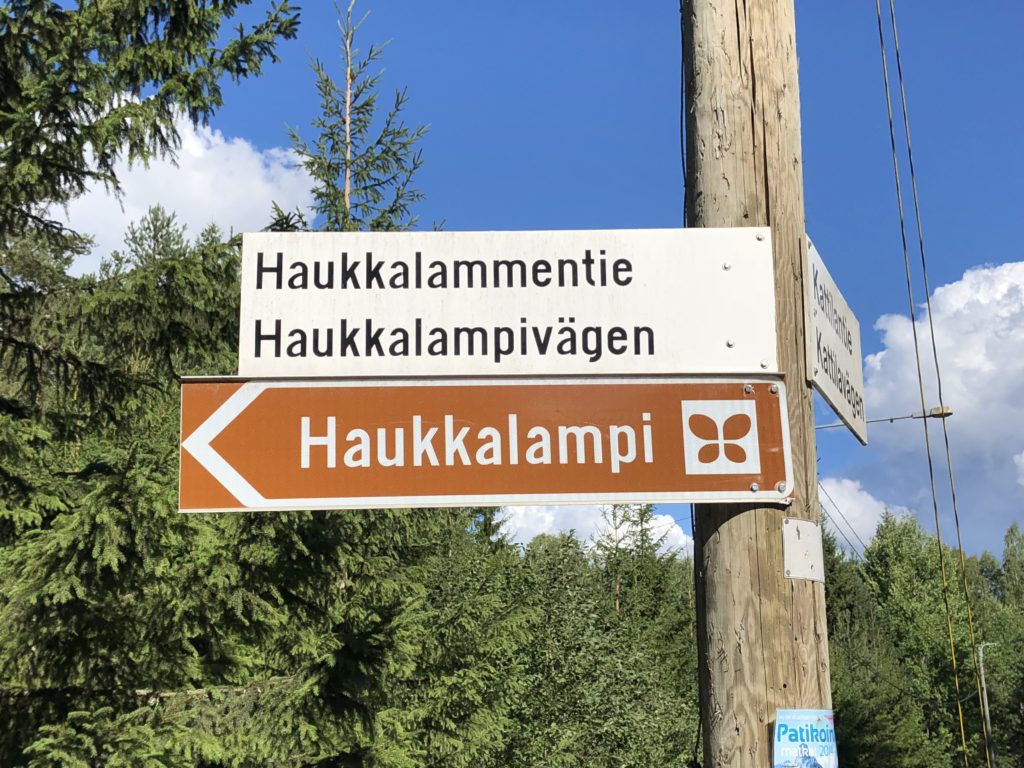
You could technically spend a week in Nuuksio and barely see it all, but it’s also very possible to arrive early in the morning and fit a good deal of hiking in by lunchtime. There are 17km of hiking trails marked on eight different loops according to length and degree of difficulty. There are also bike and horseback riding trails, as well as kayaks, canoes and boats to rent for the day. If camping is your thing, obtaining the permits to spend the night in Nuuksio as an option as well. For me, several hours of hiking was the perfect amount of time to see the park and get a bit of fresh air and exercise before heading back into Helsinki.
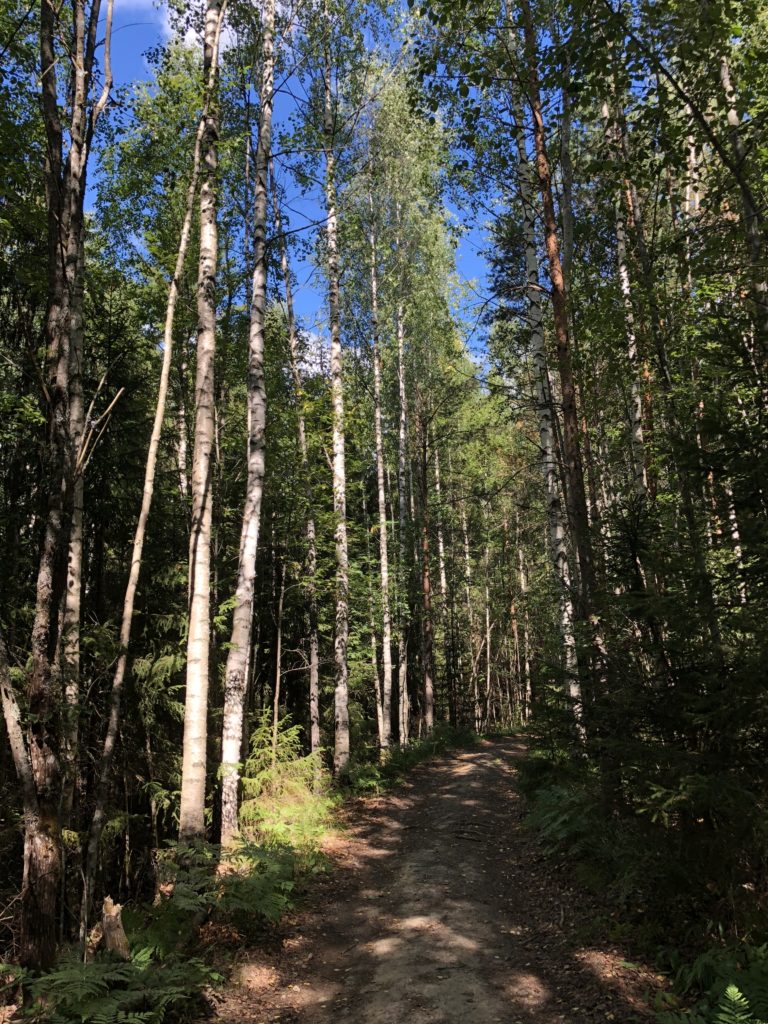
I know it requires some effort to take the train to the bus and then make your way down to the park’s entrance, but I was shocked at how few tourists I encountered at Nuuksio. I felt like I had the hiking trails to myself and it gave me the solitude to reflect on a the nature around me.
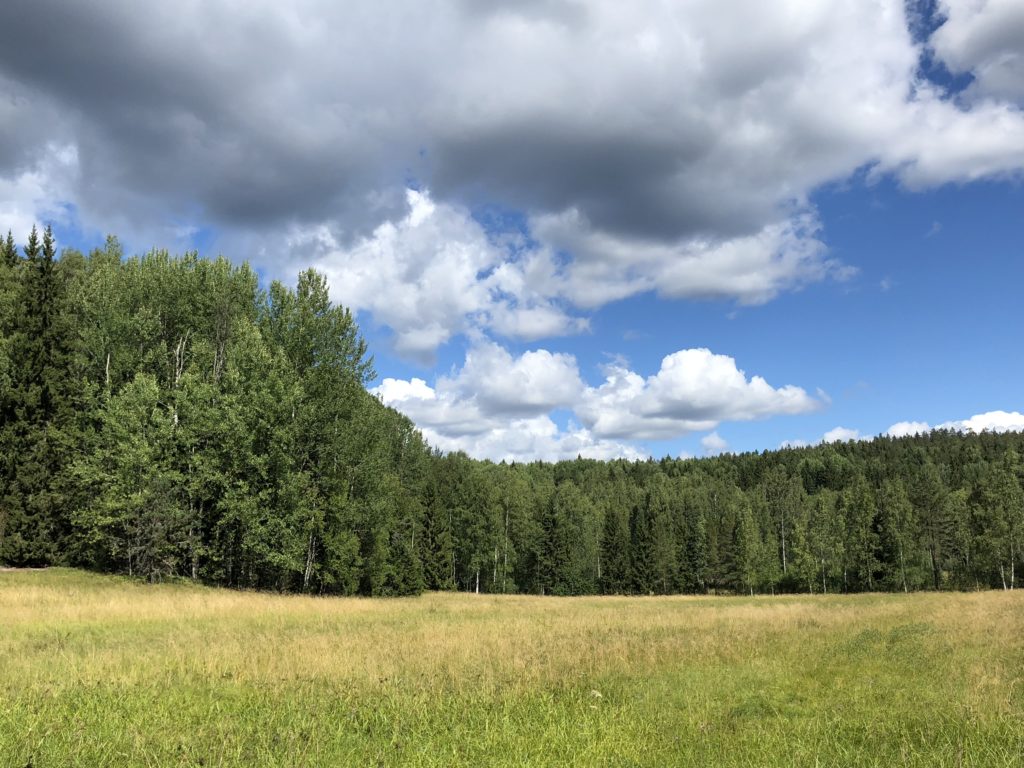
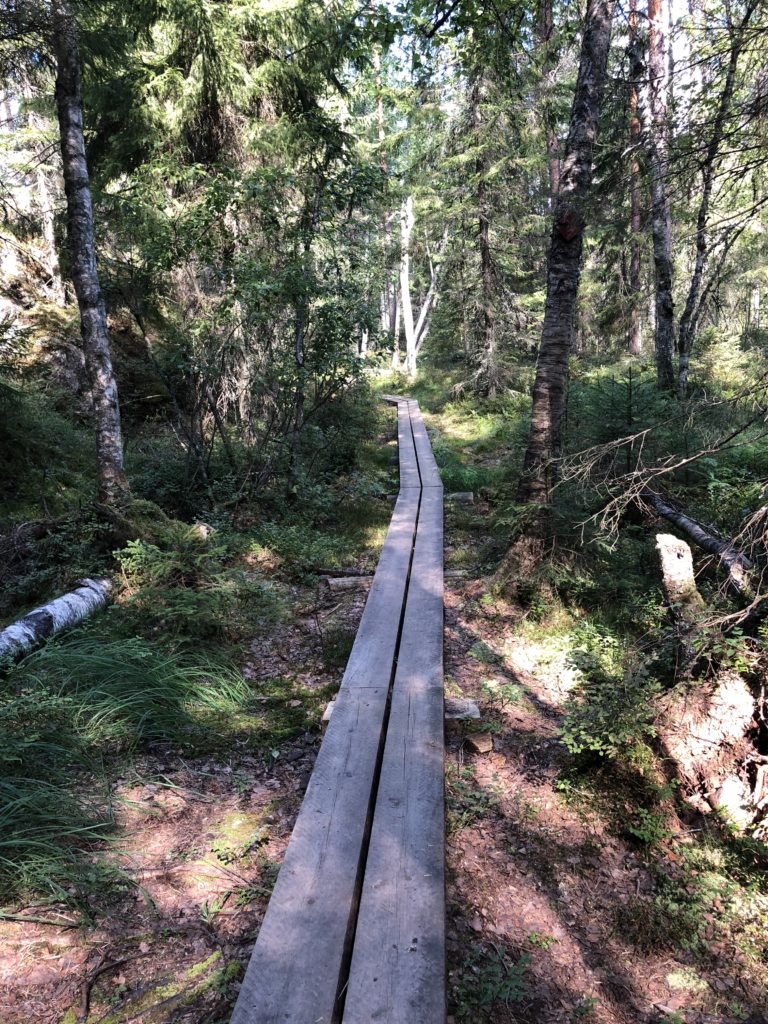
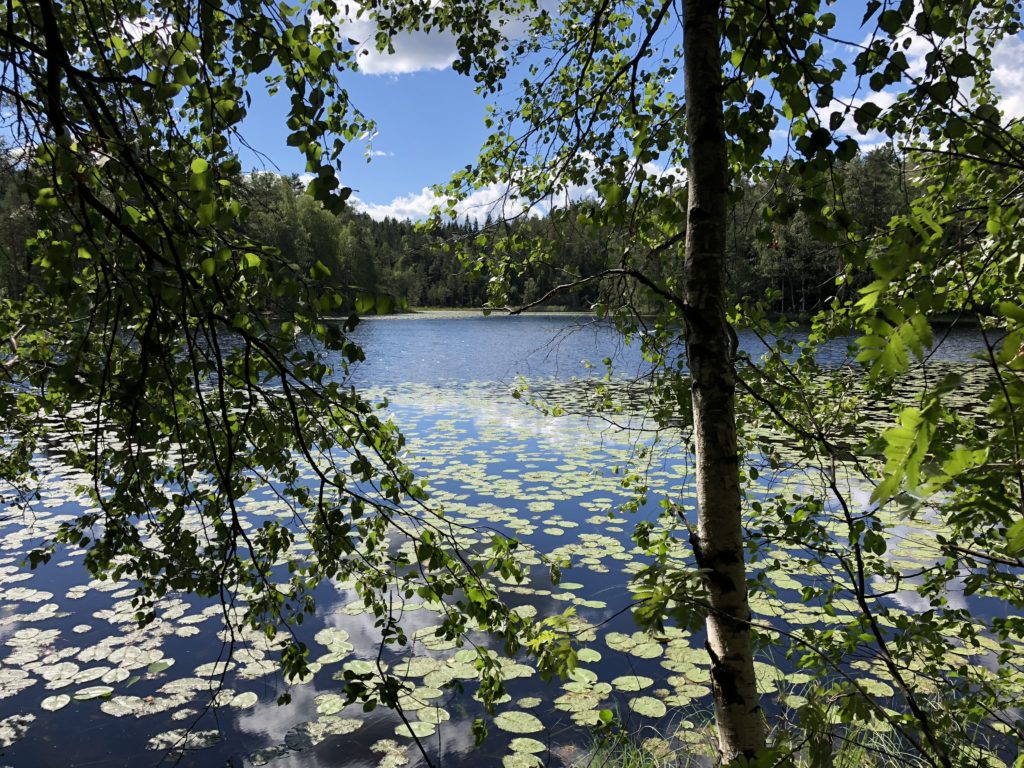
WeeGee Exhibition Centre
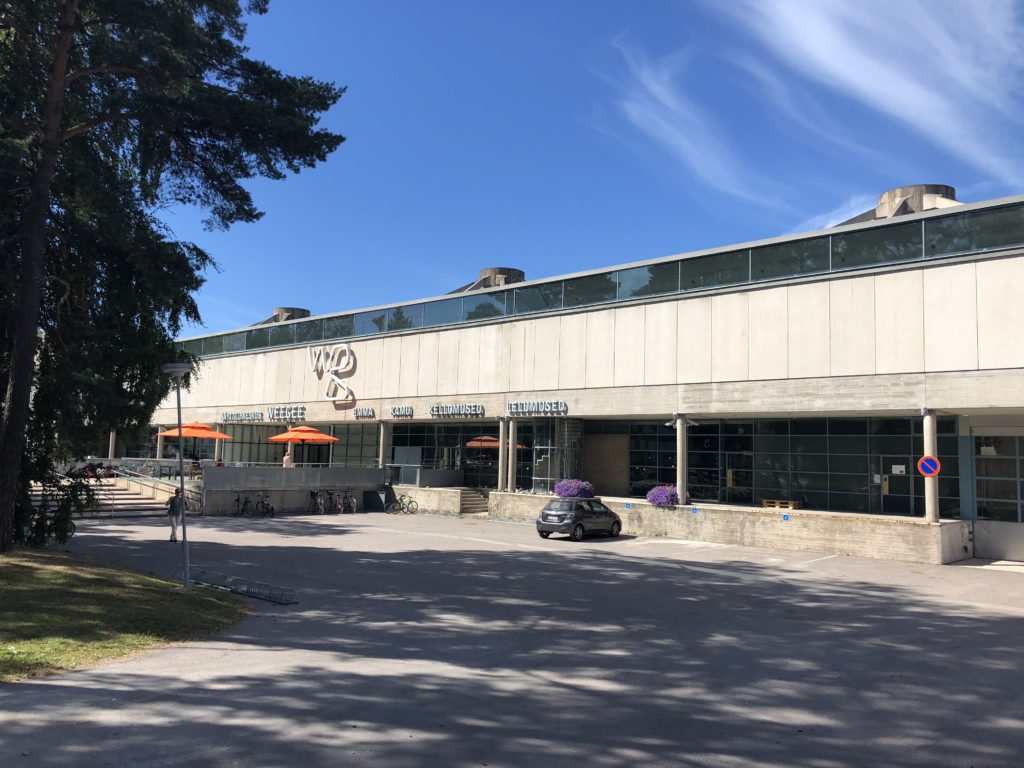
A complete 180 from Nuuksio, WeeGee is the largest museum complex in Finland and Espoo’s cultural pride and joy. If hard pressed, I think I would have to say that my afternoon spent at WeeGee was my favorite part of my Helsinki escapade. The building itself was a former printing factory for Weilin + Göös (hence the name WeeGee), which was built in the 1960s and converted into the current museum complex by 2006. A joint ticket grants you access to all of the museums, which include EMMA (Espoo Museum of Modern Art), the Espoo City Museum, the Museum of Clocks, the Finnish Toy Museum and the Futuro exhibit. WeeGee is included on The Helsinki Card, which also provides unlimited transportation on the metro, which brings me to…
How to Get to WeeGee
Helsinki’s metro, the northernmost metro system in the world, only has two lines, and both of them run to the Tapiola stop in Espoo, putting you within walking distance from the museum. The ride out should take 15-20 minutes; once you have emerged from the station, follow the signs and you should be there in 10 minutes. Maybe this is just my New-York perspective, but I was surprised to overhear some people at my hostel complaining about how out of the way this museum was. It certainly isn’t in walking distance from downtown, but here in New York, to hop on the subway for 20 minutes and then walk another 10 minutes to reach your destination is nothing. Everyone does this everyday. One subway ride to the suburbs is not going to kill you!
EMMA (Espoo Museum of Modern Art)
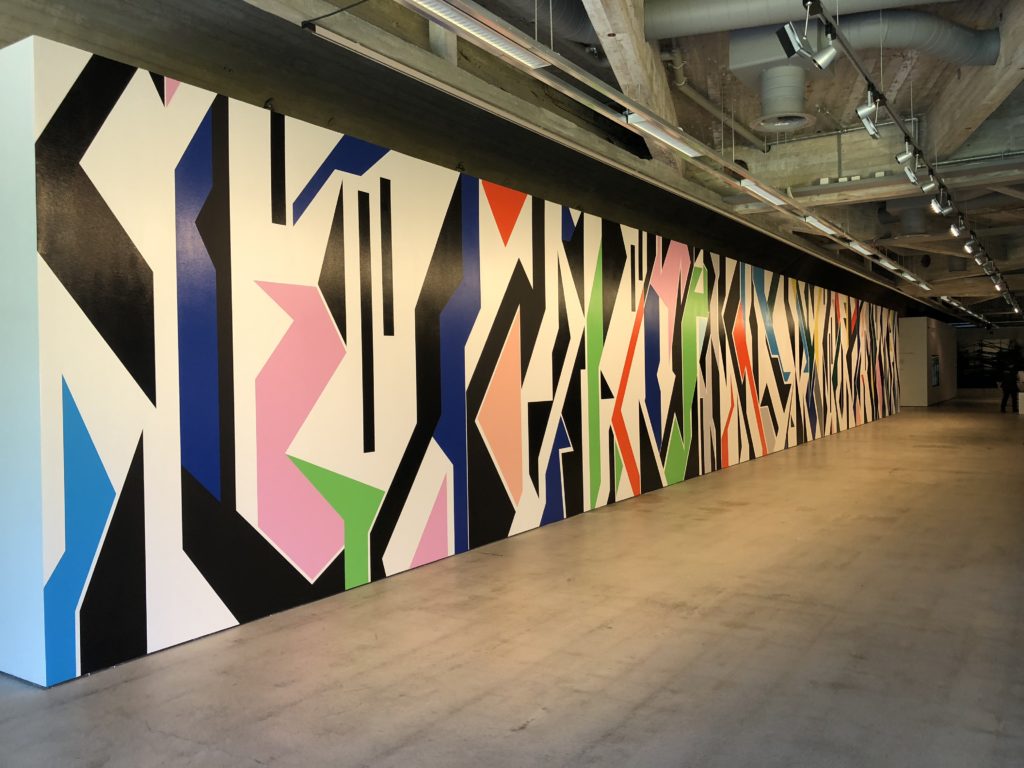
The Saastamoinen Foundation, which manages one of the largest private art collections in Finland, was started in 1968 and after several decades of acquiring modern and contemporary works, the group opened EMMA in 2006. Even though WeeGee holds five museums, EMMA makes up 80% of space; it’s worth visiting WeeGee only to visiting EMMA, but the same can’t be said if you’re not into modern art and only want to visit the other, smaller museums.
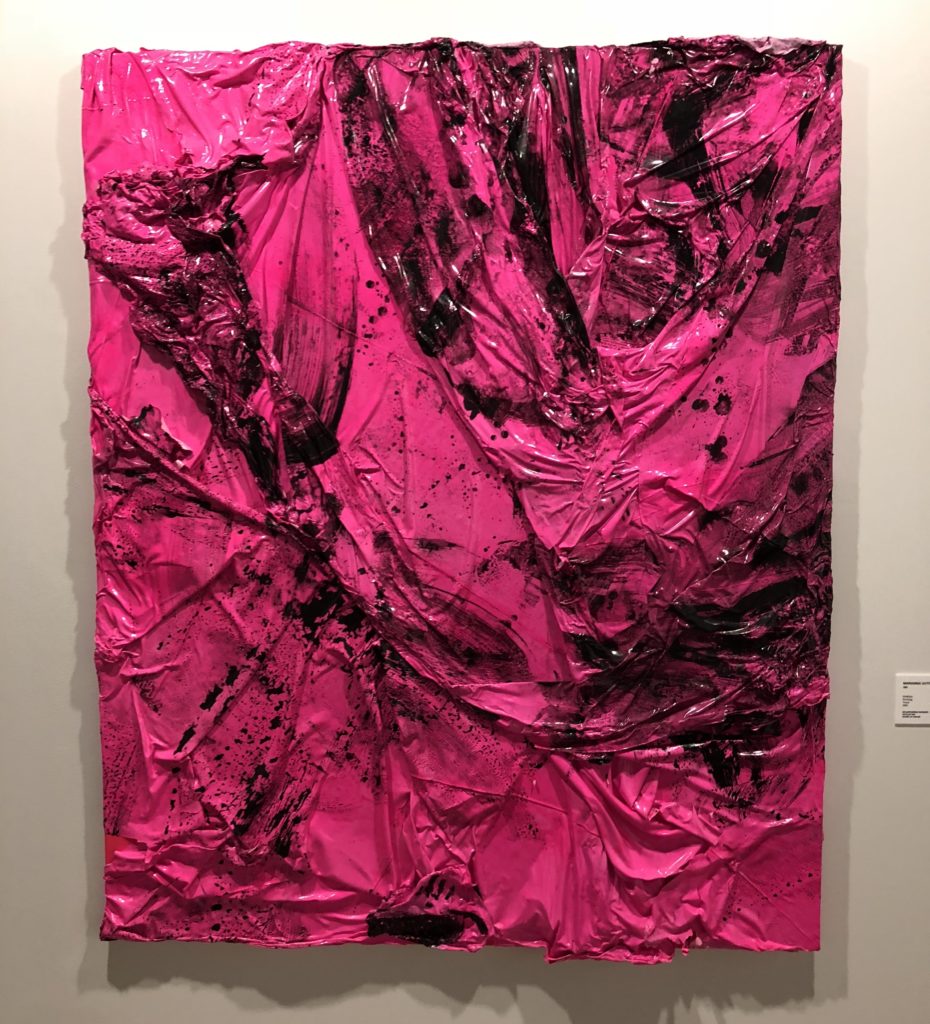
There isn’t much of a permanent collection at EMMA. The special exhibitions are varied and change with a regular frequency. This gives locals an incentive to become members and purchase a yearly pass, but also means that any post I write will quickly be out of date. Hopefully I can still give you an idea of the type of art you might encounter on a subsequent visit to EMMA.
There was a retrospective of German surrealist Meret Oppenheim’s works that I found quite captivating. She believed the mind was like a house with many different rooms, and the exhibit was set up accordingly, walking from room to room in a dream like state with mirrors and low-lighting everywhere. I especially enjoyed the dining room, where Oppenheim played with feminist ideas about a woman’s role in society and the home through 70’s fashions and surrealist imagery.
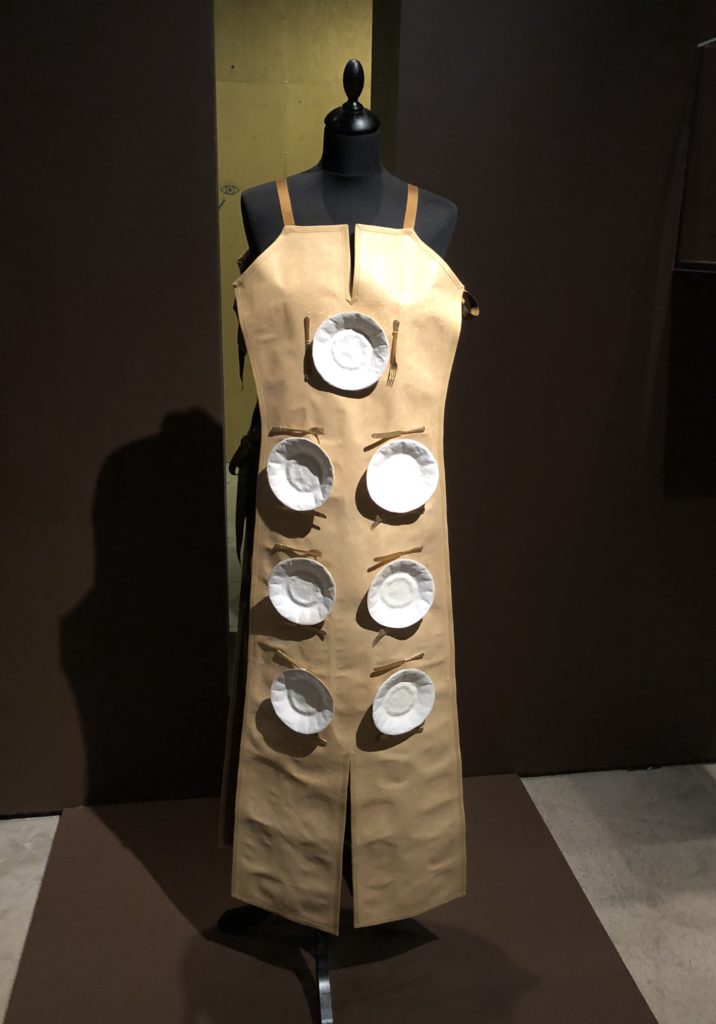
In 1958, at the World’s Fair in Brussels, Finnish artist and architect Tapio Wirkkala created models for what cities would like fifty years from then. In the exhibit, “Futuromania- Designing Future Living,” the curators have taken Wirkkala’s drawings and models and turned them into 3-D virtual realities. Of course, he didn’t get everything about 2008 right, but it’s amazing just how much he did predict correctly. Hoping to inspire future Finnish designers, children were asked to draw their visions of urban life fifty years from now and those designs were hung in the space.
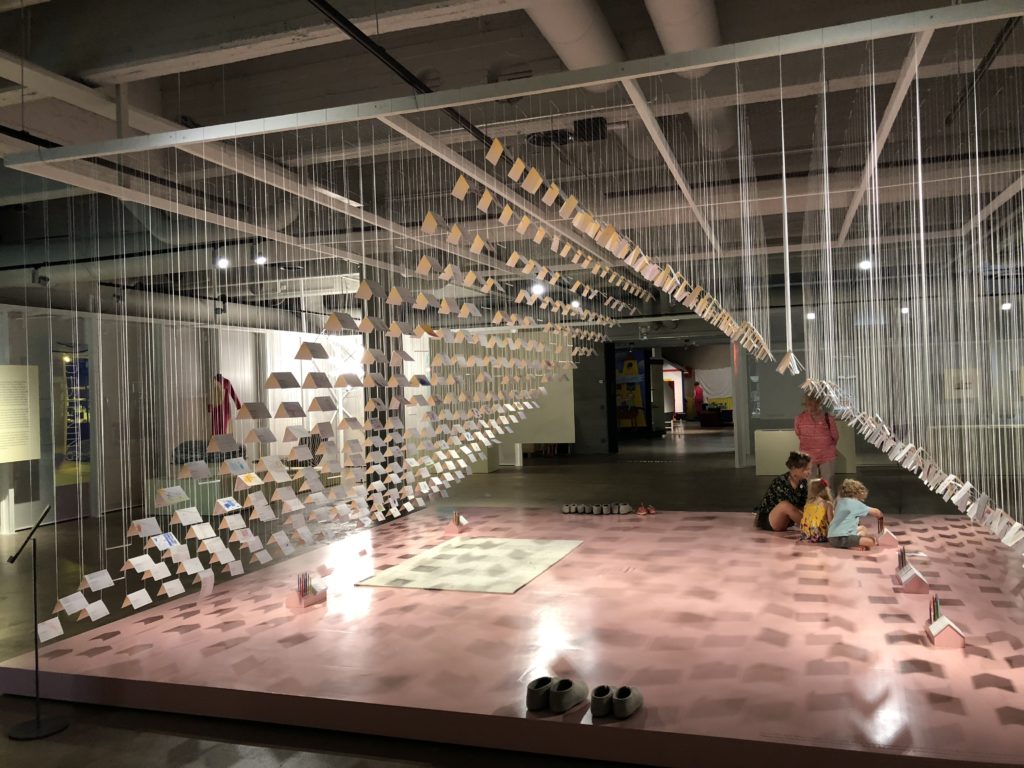
While EMMA does celebrate many international artists, I always love to see collections from local artists. Finland has a strong artistic design culture and this bleeds over into the fine arts too. Even the “paintings” often contain design elements.
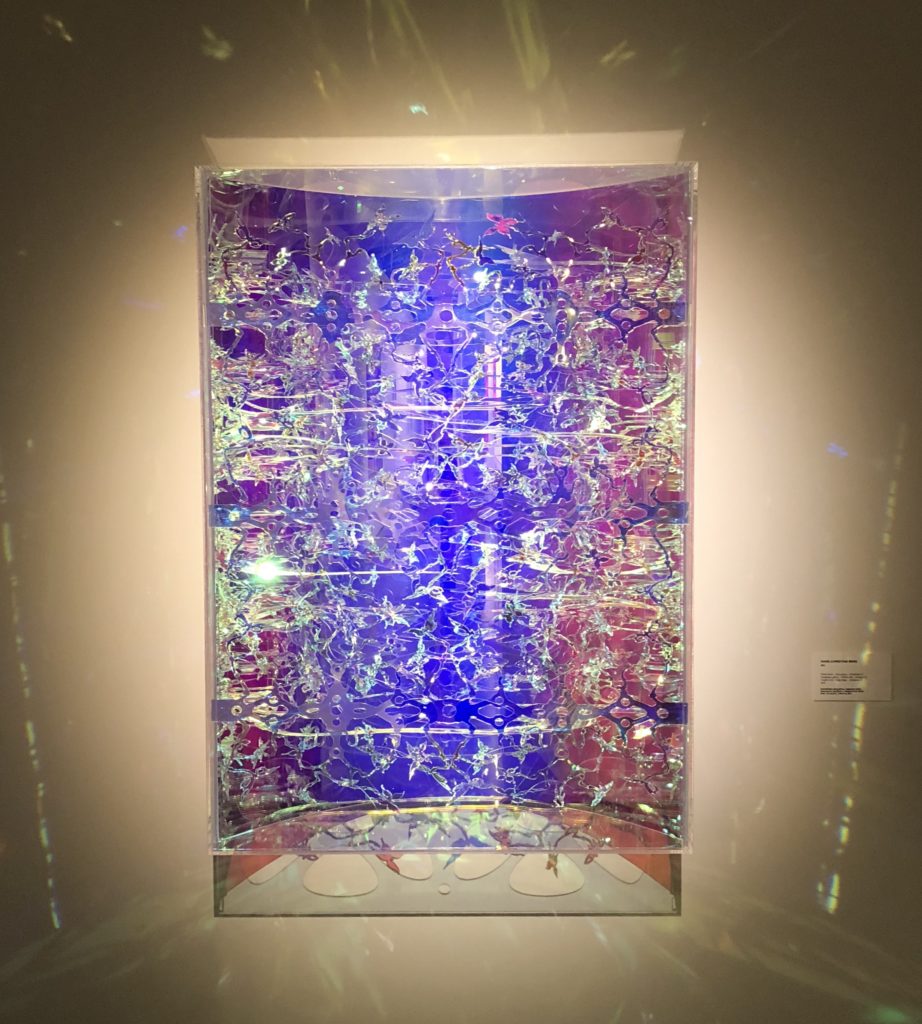
Espoon Kaupunginmuseo (Espoo City Museum)
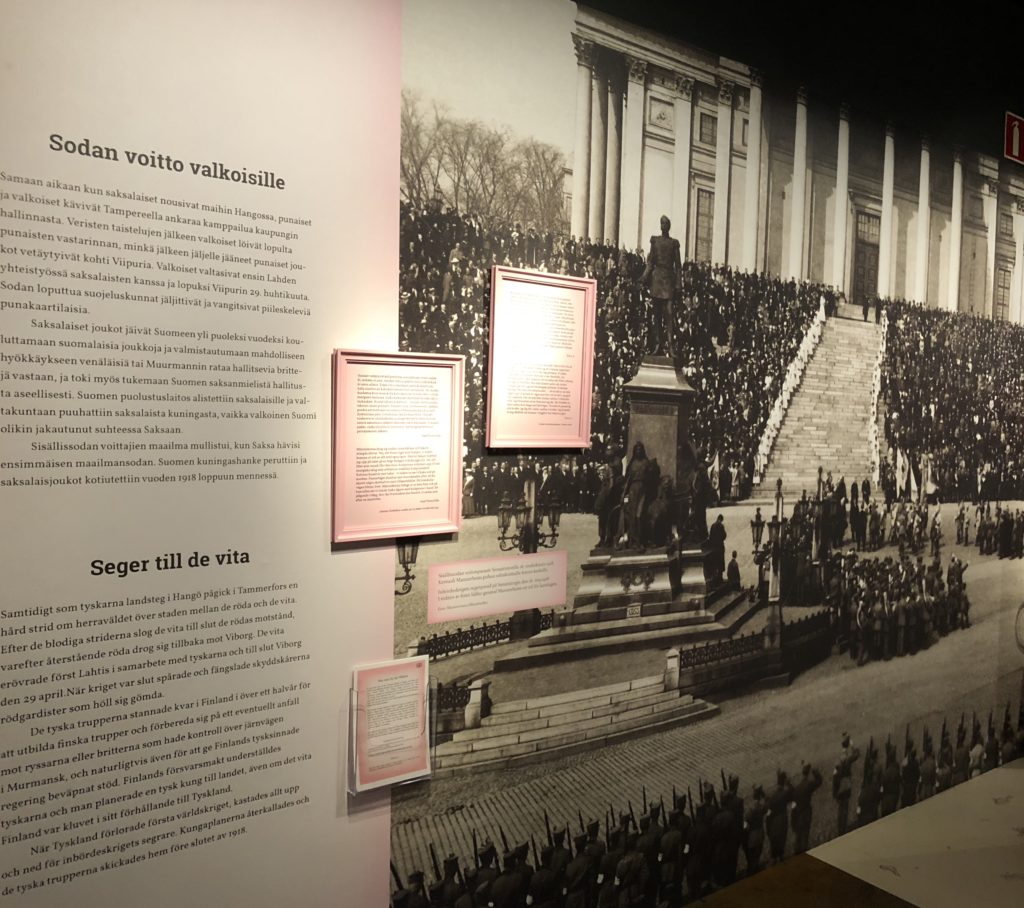
The Espoo City Museum is fantastic- hands down the best history museum in Helsinki (blows the National Museum out of the water). In both the Helsinki City Museum and the National Museum, there is mention of the Finnish Civil War between the Reds and Whites, and the Winter War with the Soviet Union, but none of this was satisfactorily explained until I went to the Espoo City Museum.
Espoo’s history is so intertwined with that of Helsinki’s and Finland’s as a whole, that even though the narrative is told from an Espoo perspective, it really gives you a nice overall understanding of The greater Finnish experience. The guy at the front desk was eager to show me around and answer all my questions, which made for an even better experience. So without further ado…
As I have mentioned in other posts, Finland was a part of the Kingdom of Sweden for nearly 700 years until Sweden capitulated to Russia in the Finnish War, causing the territory to change hands and become a Grand Duchy of the Russian Empire in 1809. (It’s amazing that the Finns were able to retain their language and culture after so many centuries of occupation.)
In 1917, after the Russian revolution, Finland took its chance to declare independence, but there was a bitter division amongst the Finns about how best to form their new-found nation. The population was grouped into the Whites and the Reds; the former were wealthy Swedish-speaking citizens who made up the upper classes, as well as the farmers from the central and northern parts of the country. The Reds were laborers and working class citizens from Espoo, Helsinki and the south. The Soviet Union backed the Reds and the Whites found a new ally in Imperial Germany.
The Finnish Civil War broke out between the two sides in early 1918 and by May when the dust had settled, the Whites emerged victorious, but at a great cost. 36,000 Finns had perished in the war, including 10,000 Reds executed by their countrymen in prison camps. All of this was occurring with WWI as a backdrop; Germany had aided the Whites in hopes of incorporating Finland into a new German Empire, but after Germany was defeated in The Great War, this was no longer an option. Finland remained an independent nation that was deeply divided and would take decades to heal.
Nothing unites two opposing sides like a common enemy: enter the Soviet Union. In November of 1939, Finland’s neighbor to the east invaded, sparking a three month battle known as The Winter War. As WWII was beginning to rage through Europe, the Soviets wanted to expand their territory by taking Finland. The Finns put up remarkable resistance and were able to keep Helsinki safe, but The Winter War ended in a treaty that ceded 11% of Finland’s area to the Soviets- land Russia still largely holds today and is a point of contention in Finnish-Russian international politics.
The Finnish Army’s strong defense did not go unnoticed by Nazi Germany, and little more than a year later, the Finnish government entered into a pact with the Nazi Army to halt the Soviet’s advancement on the Eastern Front and regain the lost territory from The Winter War. This so-called Continuation War lasted until 1944 and once again ended in defeat for the Finns. In turn, this triggered the Lapland War when the Nazi Army stationed in Finland turned on their former allies and had to be expelled themselves.
After WWII, it was determined that Finland had never actually joined the Axis Powers and hadn’t actually fought against the Allies in WWII (despite the fact that the Soviet Union was an Allied Power). The Winter and Continuation Wars were deemed separate conflicts outside the context the WWII- they were really splitting hairs here- and therefore Finland was able to retain its independence and democracy and not be punished alongside Germany, Italy and Japan.
Today Finland is a full EU Member and has one of the most robust economies in Europe. The Swedish-speaking population continues to decrease, especially around Helsinki and Espoo. Despite being a part of the Russian Empire for over a century, the Russian language never took hold and you will be hard-pressed to find remnants of the language or culture outside of a few erstwhile Russian Orthodox churches.
The WeeGee Futuro
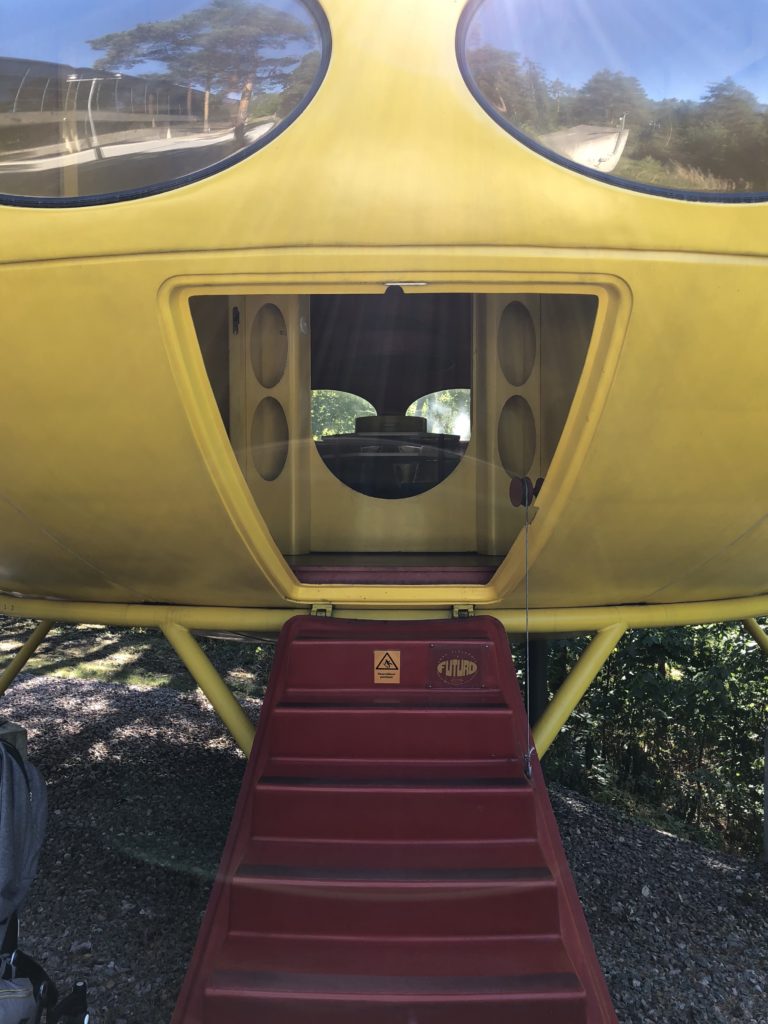
After all that heavy history I need to wrap this post up on a lighter note with WeeGee’s pride and joy: The Futuro.
The Futuro was created by Finnish designer Matti Suuronen in the late 1960s. The entire structure is made of polyurethane and polyester plastic and was supposed to be sold as a vacation home suitable in any terrain or climate. The Futuro can heat up very quickly due to its plastic composition, causing it to have a truly terrible smell.
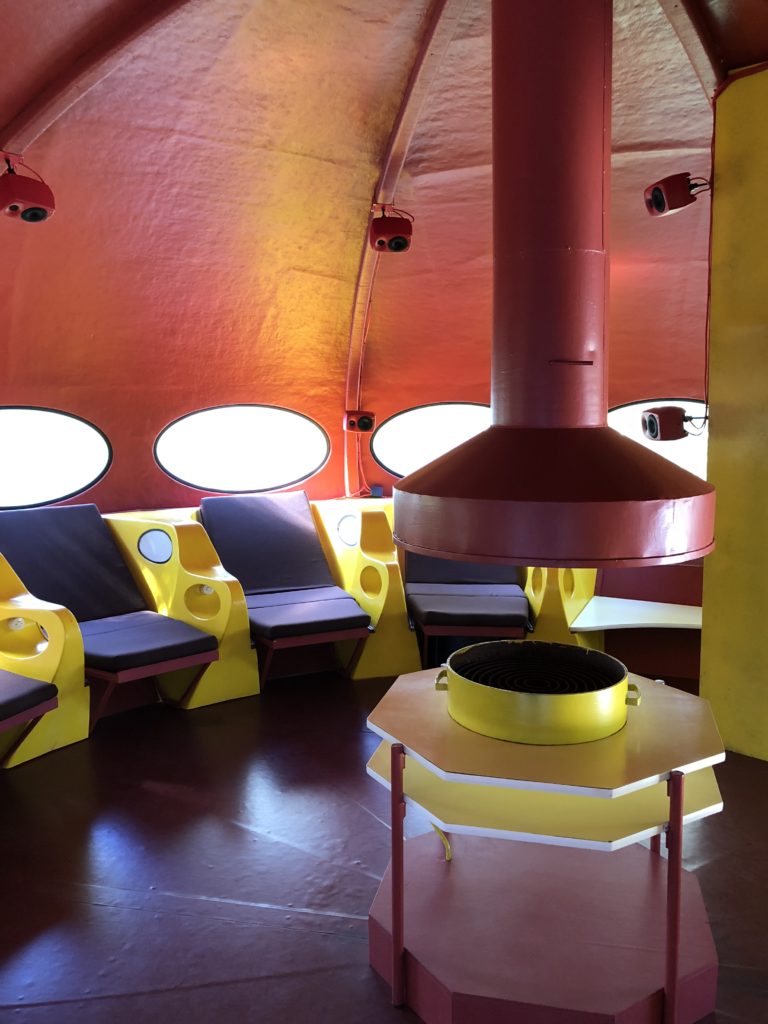
Finns began to protest the homes, declaring them eyesores in nature and not environmentally-friendly. The Futuro was also insanely expensive and in total only 100 were ever produced. Today only approximately 60 still remain, most of them owned by private collectors. WeeGee has only one of three in the world open to the public; museums in Rotterdam and Munich own the other two. The oddly shaped homes have developed a cult following and when one goes on the market it can sell for millions of dollars.
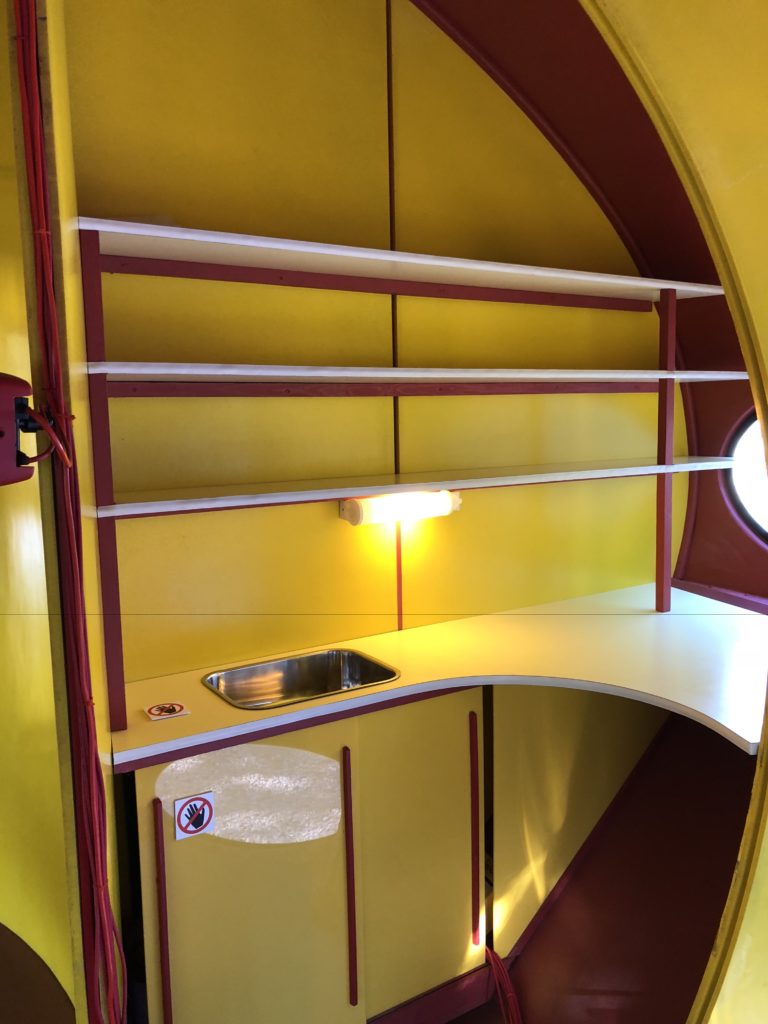
Although the Futuro did reek and I wouldn’t want to spend more than 10 minutes in one, I found it totally awesome and cool. The homes may have been a failure, but they fully capture the Finnish ideals of embracing technology and designing for the future rather than the present. After I visit every world capital, perhaps my next goal will be to visit every remaining Futuro on the planet!
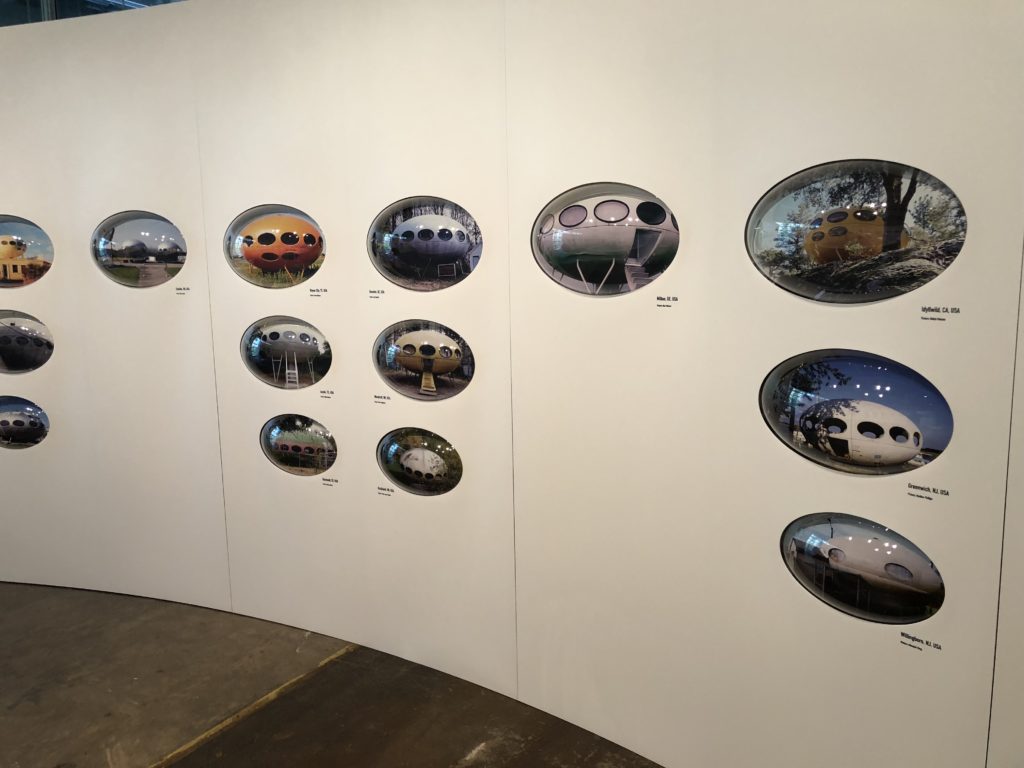
As you can see, there is a lot to see in Espoo and the Greater Helsinki region. It baffles me when I read other blogs saying that you only need one day to explore Helsinki. That is flat out crazy talk. There’s massive amounts to see in Downtown Helsinki alone without even getting into all the islands and trips out to Espoo. Nuuksio and WeeGee are both terrific and deserve to find a place on any Helsinki itinerary.
